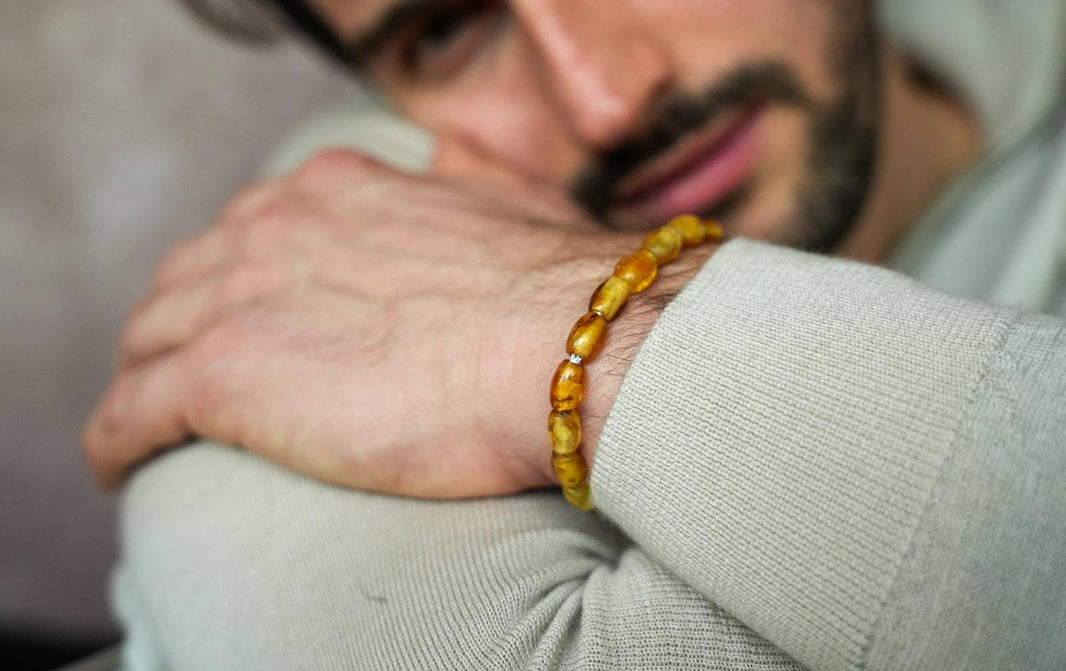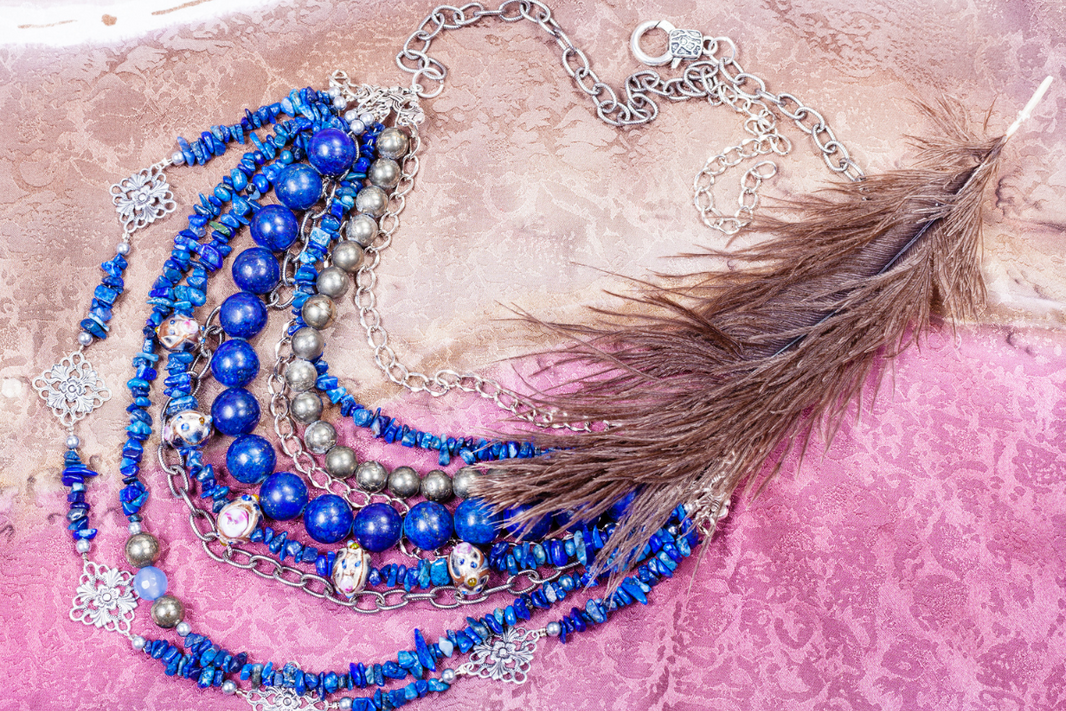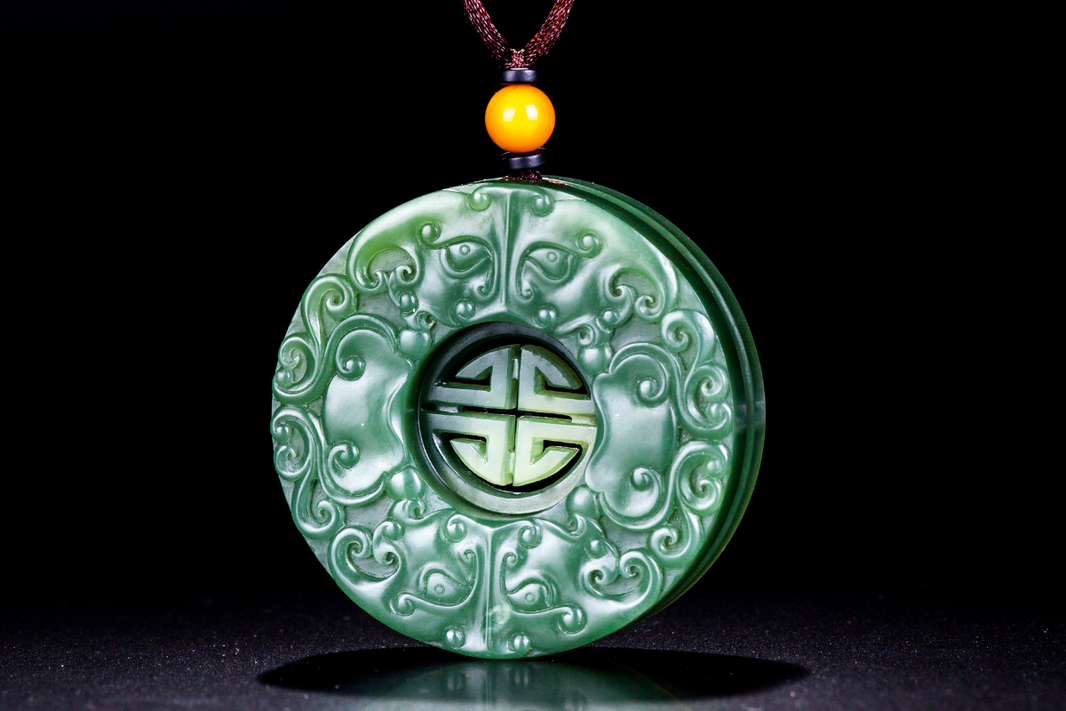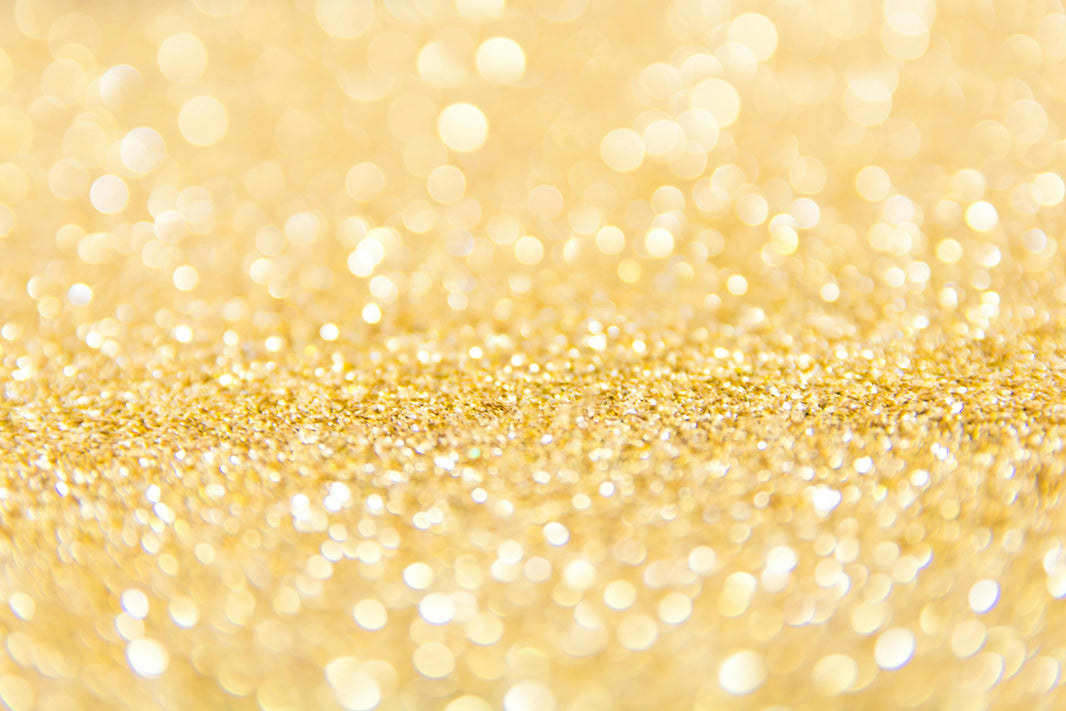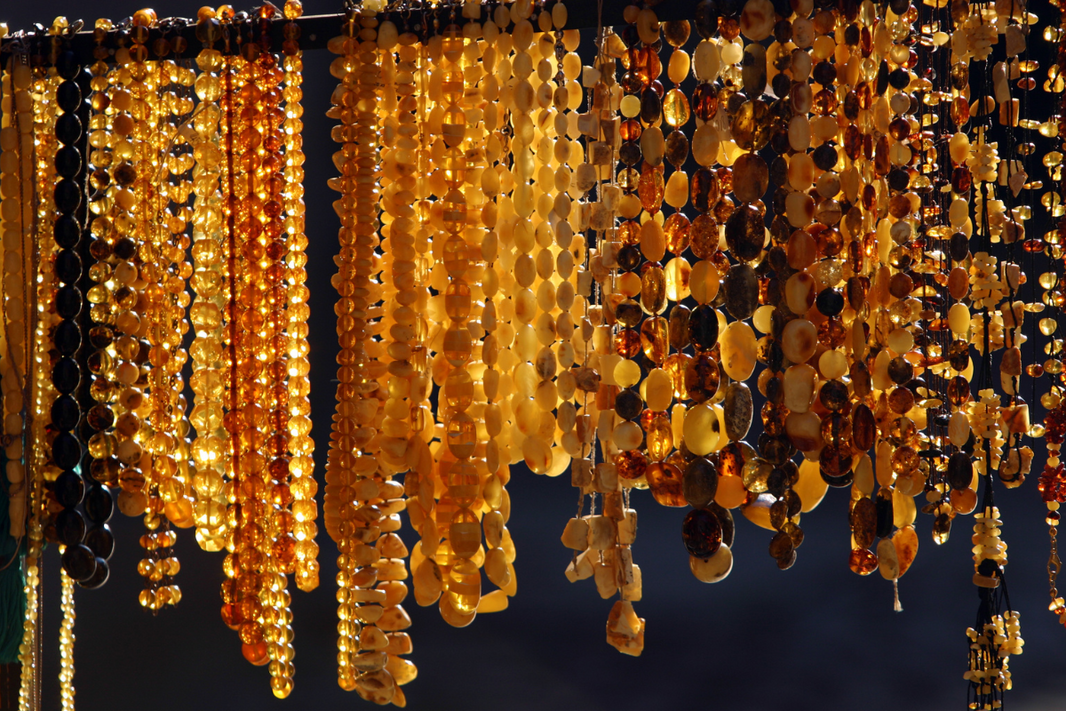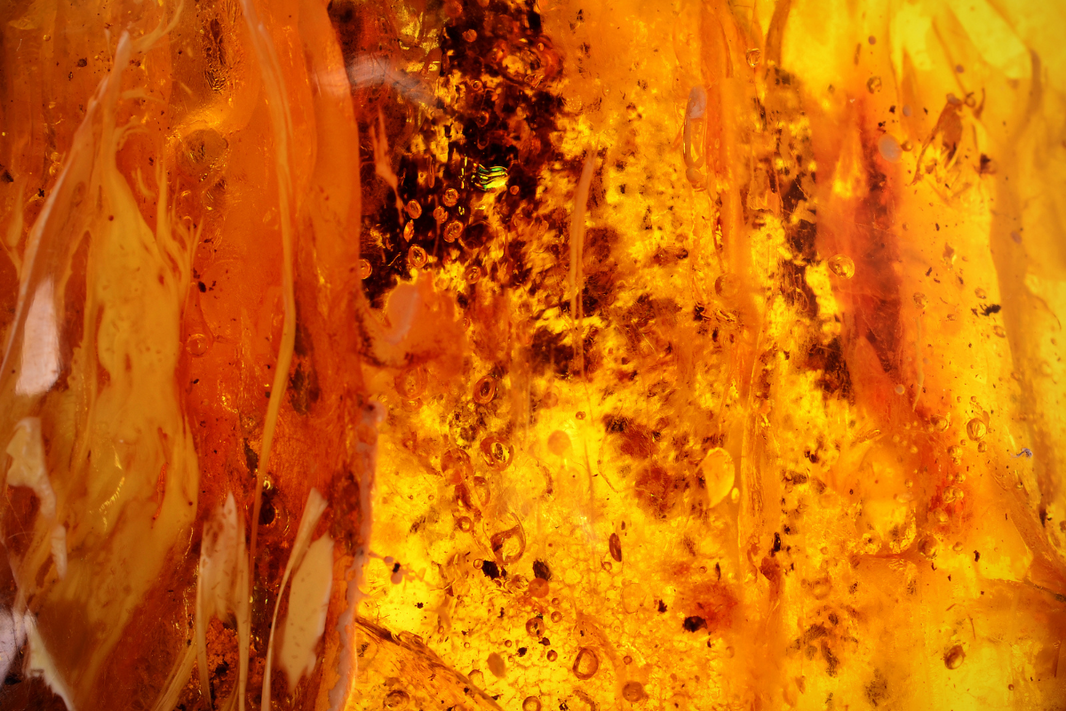In a nutshell – you will never need to take them off because our special tribal leathers are naturally durable and we hand cut and wax them for months to ensure they will last.
The Story Behind Atlas Leathers
Rooted in history our choice of leathers has purpose. When first designing Atlas accessories we wanted to find leathers that would not degrade with use and that were truly sustainable resources. We found that all commercially available lace was mass produce cowhide that was not only bad for the environment but that would degrade and fall apart often within a year and especially if exposed to the elements.
Our founders work with Native American tribes are how we first came across tribal leathers like bison. So we researched other tribal leathers and found small or family run tanneries specialising in sustainable hides like bison and kudu and we started cutting the hides ourself. As we learned we developed an extensive waxing and polishing process that ensures that each hand cut piece of lace is conditioned to last. There is a lot of loving care and energy put into every Atlas piece over months of preparation.
The Durability of Tribal Leather’s Reduces Disposability
Another aspect of our commitment to sustainability is our desire to reduce waste and disposability. Tribal leathers have nature-designed qualities of utility and durability which means our accessories never have to be taken off – not even in the shower or when swimming. In ancient times, accessories were an integral part of the person and their story, and they would be worn in all conditions, cared for as important totems and symbols lasting the wearer’s lifetime.
Hand Made Tribal Leathers vs Mass Produced Leathers
Almost all leathers on the market come from mass produced sources of cow hide that degrade and fall apart when exposed to the elements, as well as simply wearing down over time. Our leathers have been tested not only through the centuries, but through millennia of use as a primary tribal resource. For example, most lower cost mass-produced leather is a product of a globally scaled cattle business. Where our leathers result from sustainably managed and environmentally proven resources.
Another key factor in ensuring the durability of the leathers is ensuring the hides are tanned with traditional methods. Bison (and buffalo) leather are typically made by skilled craftspeople using centuries old traditional methods and using only organic materials. Where the tanning of cow hides typically involves modern techniques involving chemicals and stretching to produce a much higher yield with a lower cost.
Are Tribal Leathers Ethical and Sustainable
The restoration of bison herds in America is a representation of the shifting thoughts towards the exploitation of natural resources. It represents a return to consuming naturally sustainable resources proven through millennia of use. And the local environments where bison have been re-introduced have seen a return to naturally balanced ecosystems. Our bison leather is a by product of this sustainable rewilding.
Recently a study was published in Frontiers in Ecology and Evolution that found restoration of bison to tribal lands in the Northern Great Plains of the US can help restore the prairie ecosystem. The study also concluded that this practice of reintroducing bison could further help fight against climate change by helping to mitigate the adverse impacts of traditional agricultural systems.
Similarly our African Kudu is another great example of a historically proven sustainable resource. Kudu is sold at local markets benefitting indigenous communities, and like bison, it’s natural durability significantly reduces disposability. Kudu leather has been and can still be classed as a sustainable animal by-product which has little impact on the environment, or indeed the conservation of the species.
We work solely with small and family run suppliers to ensure our leathers are not just produced using traditional methods and organic materials for tanning, but also to ensure the hides are both ethically and sustainably sourced. You can find further information on the types of leathers and how we source each one on our leathers page.
How Do You Care For Tribal Leathers
The great thing about Atlas leathers is that you never have to take them off. Unlike mass produced cow hide that will disintegrate after any prolonged exposure to the elements – or that just degrade with daily wear.
As an organic material, our leather benefits from ongoing care so we include a complimentary pot of wax oil with your leather accessory to keep it supple.
Each of our leathers has slightly different characteristics of varying tensile strength and elasticity but like any leather, the more you care for it the longer it will last. So don’t be afraid to wear it in the shower, exercising or even swimming and you can find more detailed care instructions for each leather on our care page.
Conclusion
Atlas’ unique leathers are statement pieces that express both style, symbolic meaning and an intention to change the way we consume natural resources. Come join the tribe and check out our incredibly tactile and durable leathers.
Explore Atlas’ Unique and Sustainable Leathers


